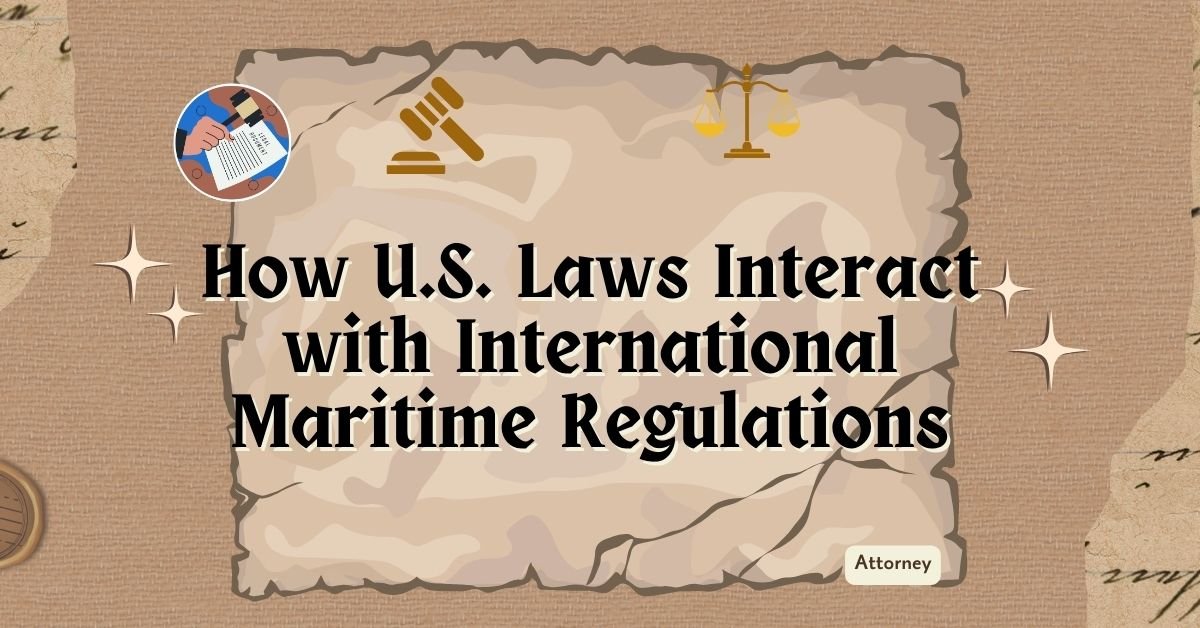Introduction
Understanding the relationship between U.S. laws and international maritime regulations is crucial for navigating the complex legal landscape of the global maritime industry.
Overview of U.S. Maritime Laws
The United States has a comprehensive set of maritime laws covering various aspects of maritime activities, including shipping, environmental protection, and labor standards.
International Maritime Regulations
Globally, maritime activities are governed by a range of international regulations, established to ensure safe, secure, and efficient maritime operations.
Areas of Overlap and Cooperation
U.S. laws often align with international maritime regulations, reflecting a collaborative effort to maintain global maritime standards.
Conflict and Resolution Between U.S. and International Maritime Law
Occasionally, U.S. maritime laws may conflict with international regulations. These conflicts are typically resolved through diplomatic channels or international courts.
The Role of the International Maritime Organization (IMO)
The IMO plays a pivotal role in setting international maritime standards, with which U.S. laws frequently align.
Environmental Protection in Maritime Law
Environmental protection is a key area where U.S. laws intersect with international maritime regulations, addressing issues like pollution and sustainable practices.
Safety and Security Standards
Both U.S. laws and international regulations emphasize the importance of safety and security in maritime activities, often working in tandem to enhance these standards.
Labor Laws and Seafarer Rights
U.S. labor laws and international conventions, such as the Maritime Labour Convention, work together to protect the rights of seafarers.
Trade and Economic Regulations
U.S. trade laws interact with international maritime commerce regulations, affecting global shipping and economic activities.
Jurisdiction and Enforcement Issues
Jurisdictional and enforcement challenges arise when U.S. and international maritime laws intersect, requiring careful legal navigation.
Technological Advancements and Regulatory Changes
Advancements in technology often prompt changes in both U.S. and international maritime regulations, ensuring they remain relevant and effective.
Navigating Legal Discrepancies
Strategies to navigate discrepancies between U.S. and international laws include legal consultation and compliance with the stricter of the conflicting regulations.
Case Studies: U.S. and International Maritime Law Interactions
Examining case studies illustrates how U.S. and international maritime laws coexist and interact in real-world scenarios.
The Future of U.S. and International Maritime Law Integration
Predictions for the future indicate continued integration and cooperation between U.S. and international maritime laws.
Conclusion
The interaction between U.S. laws and international maritime regulations is complex but essential for a cohesive global maritime framework. Play sprunki phase 28 Anytime, Anywhere!
